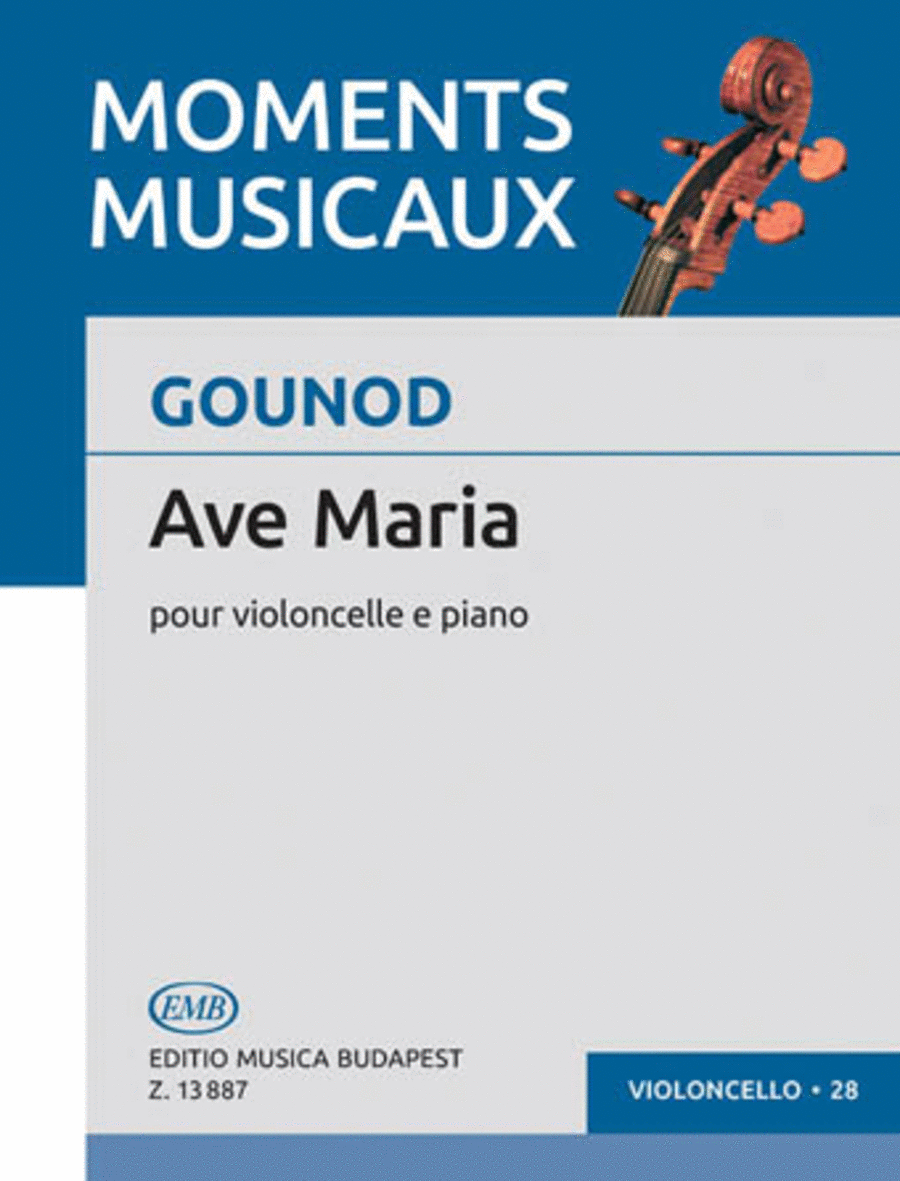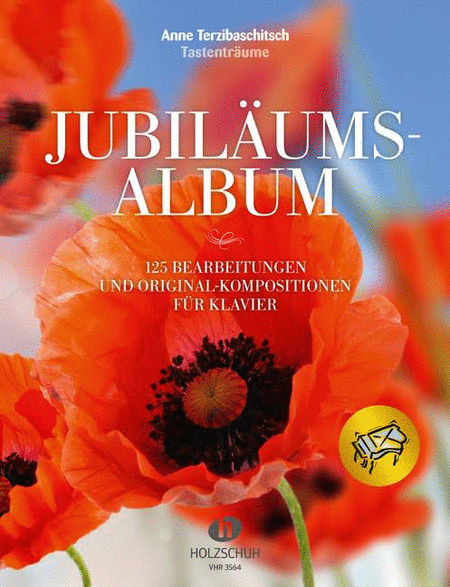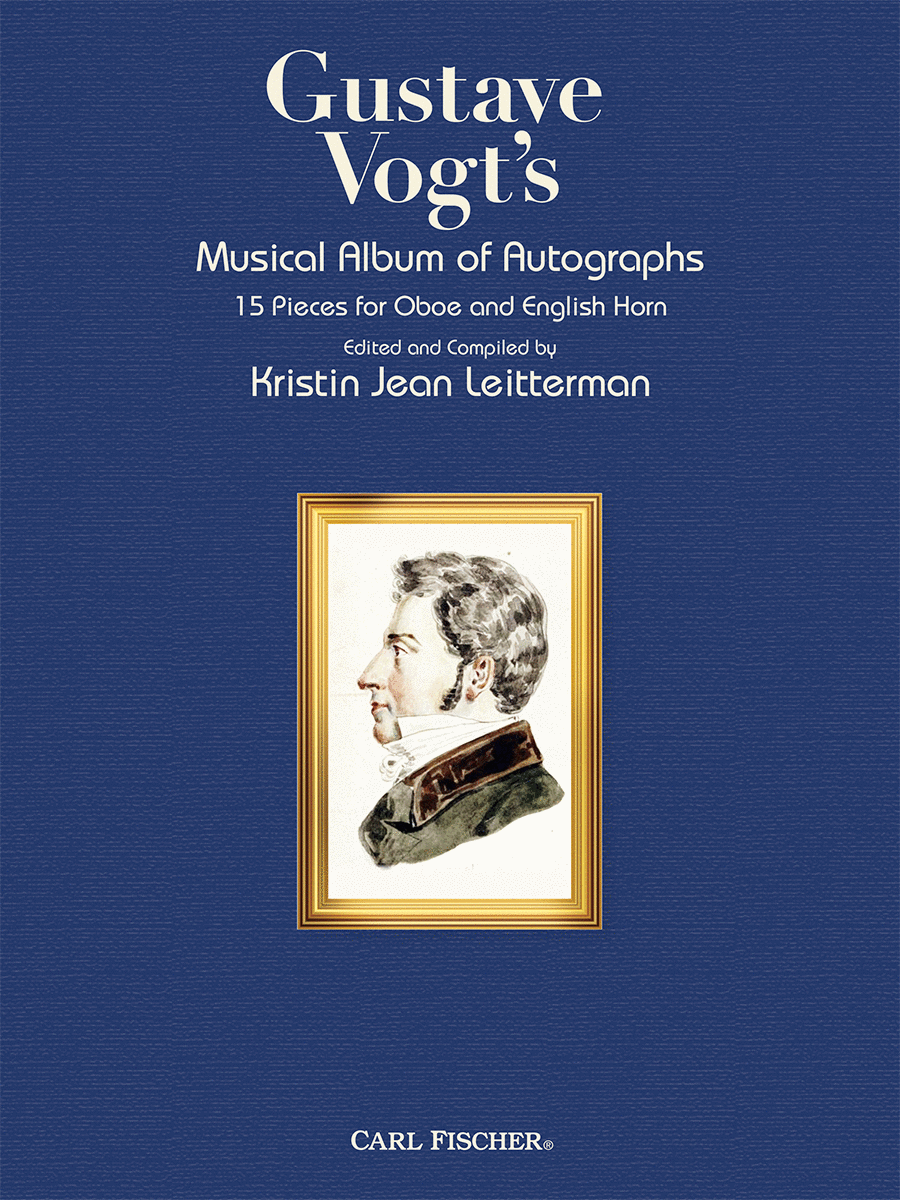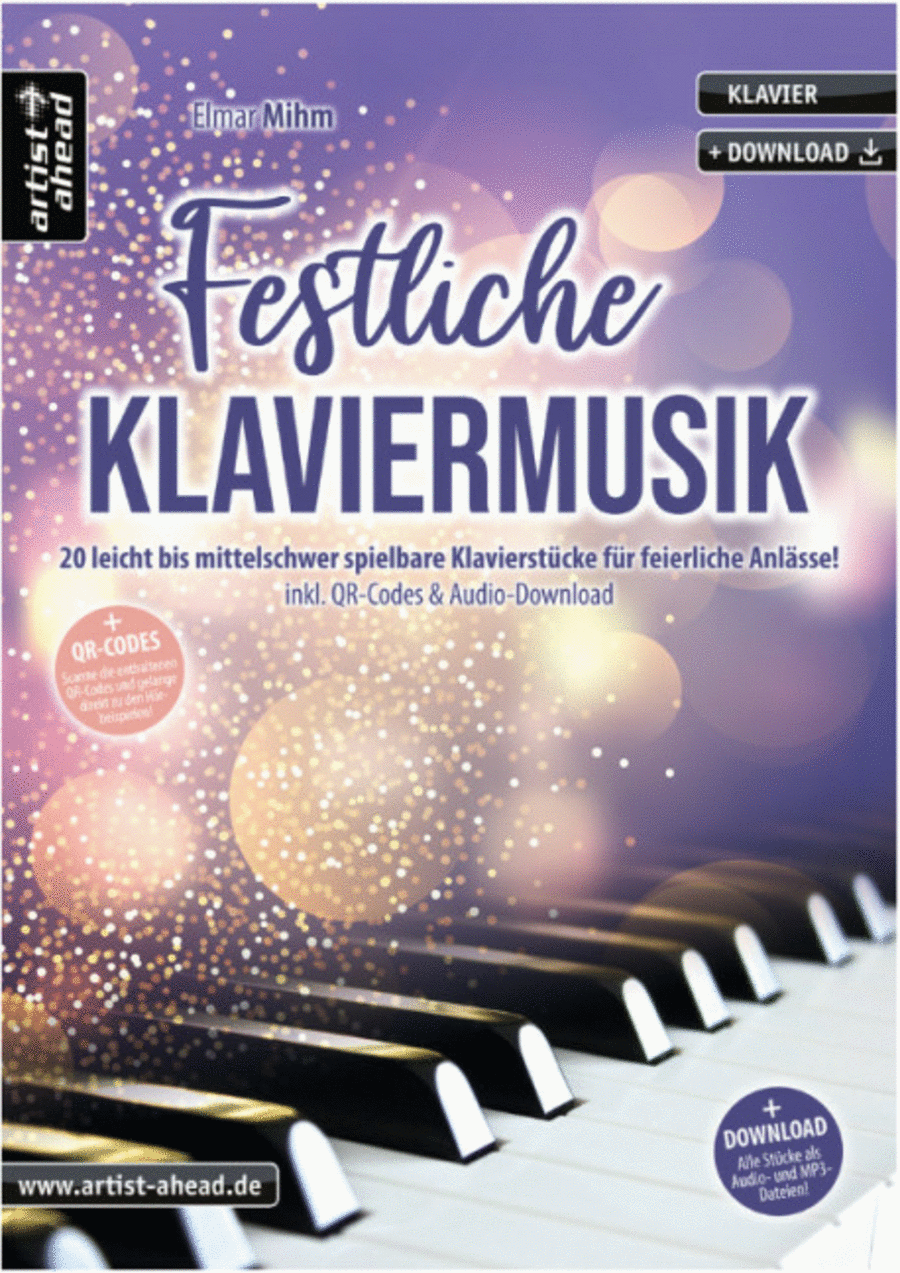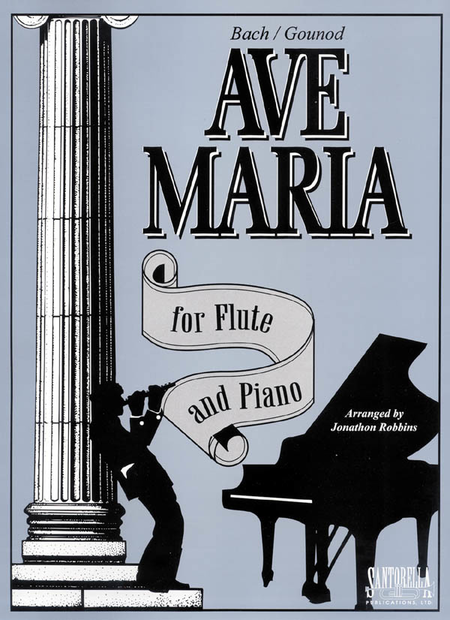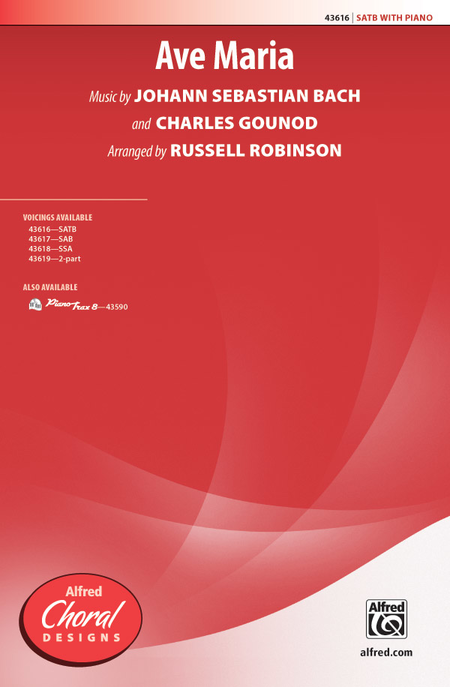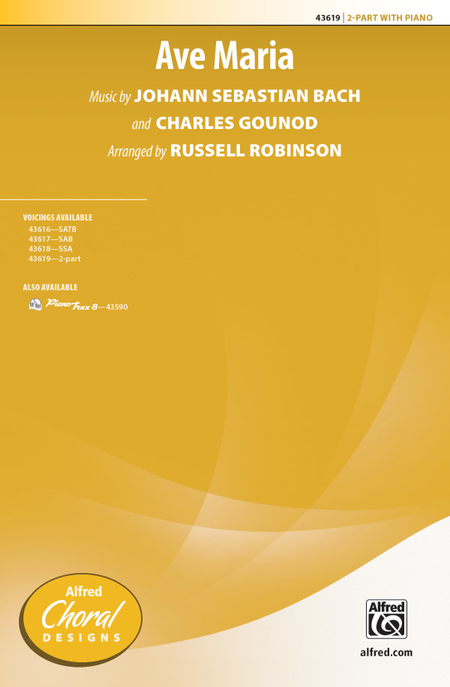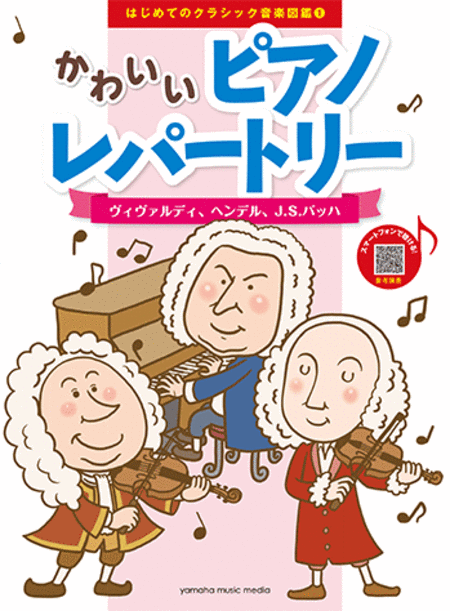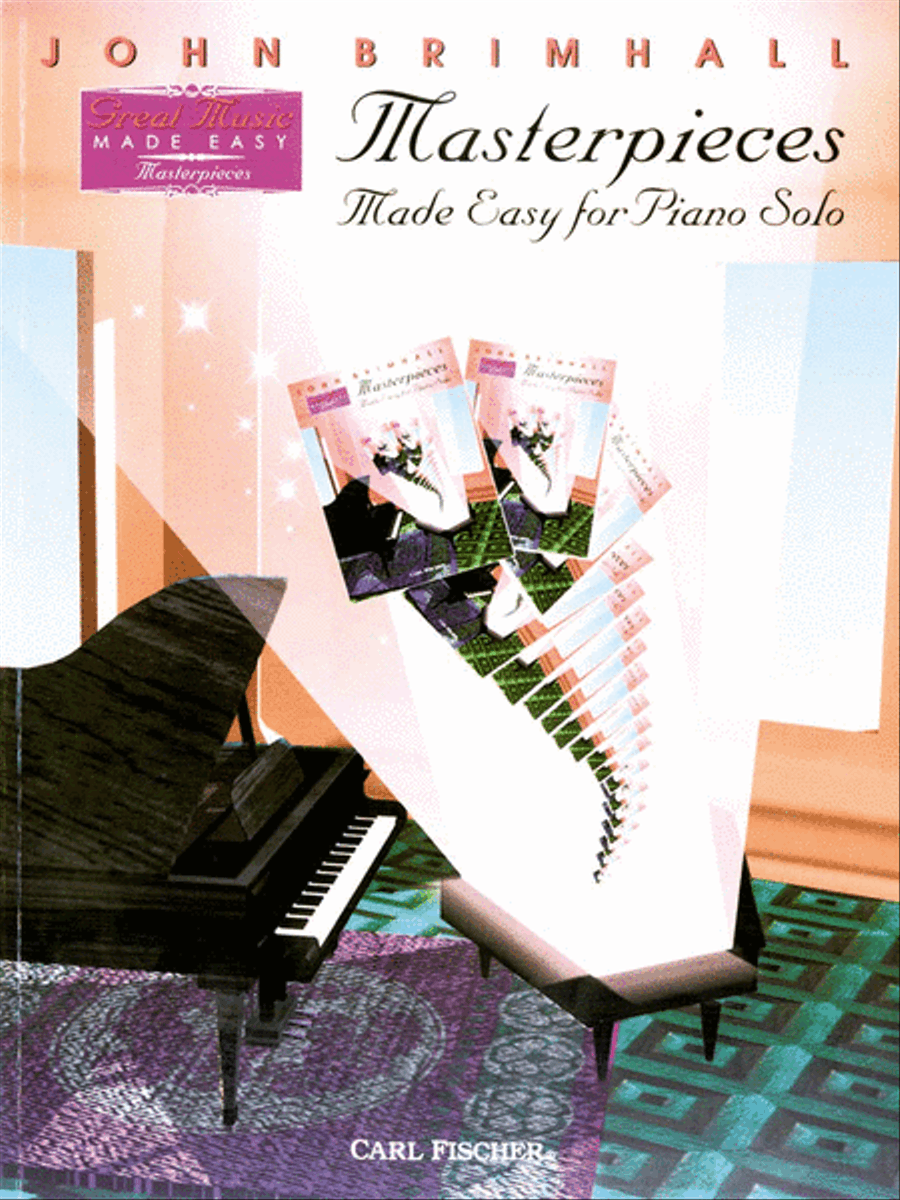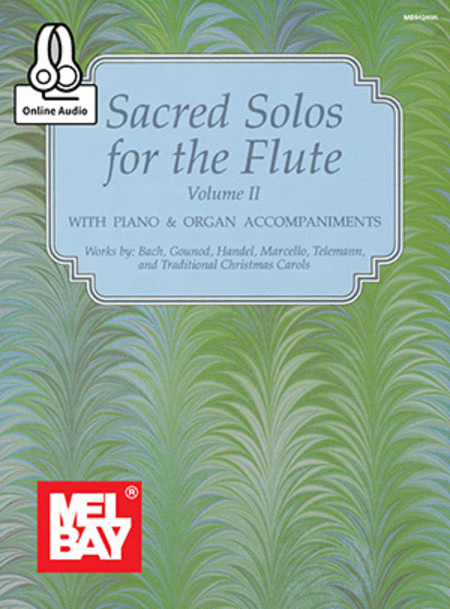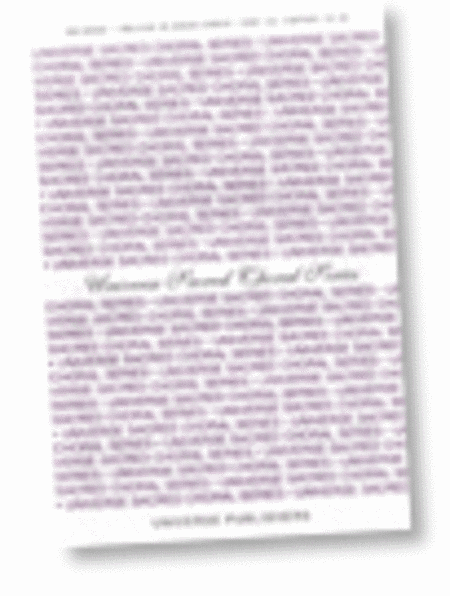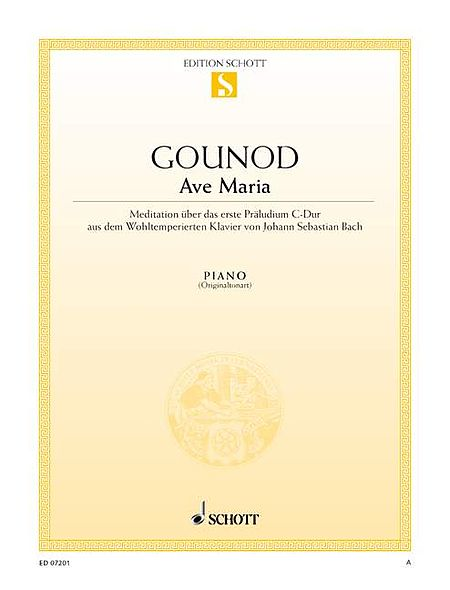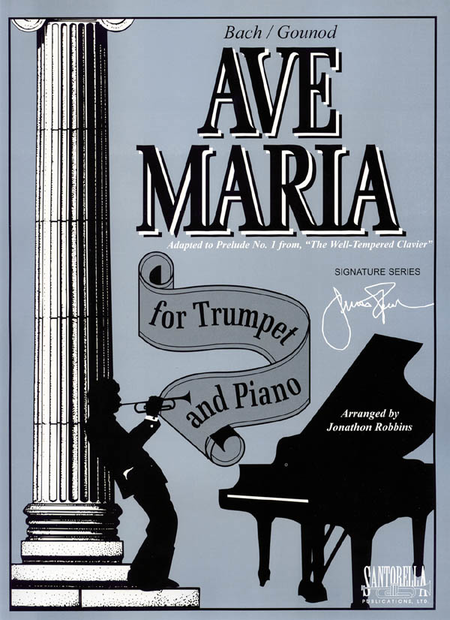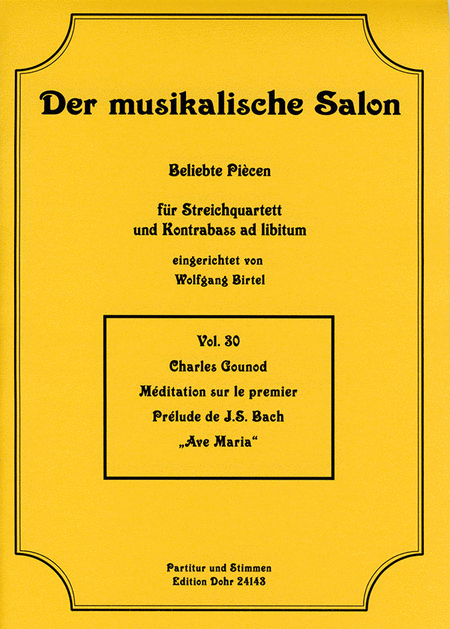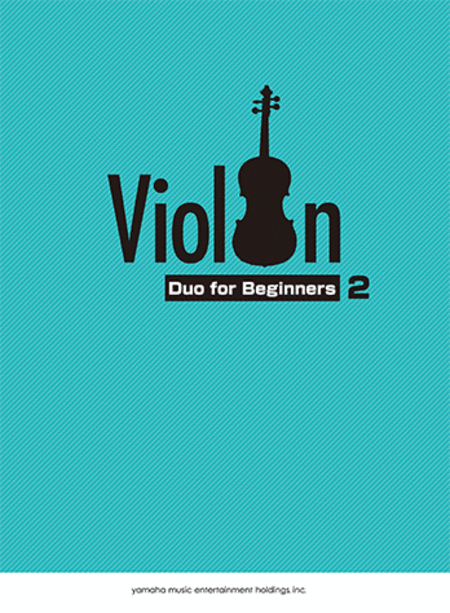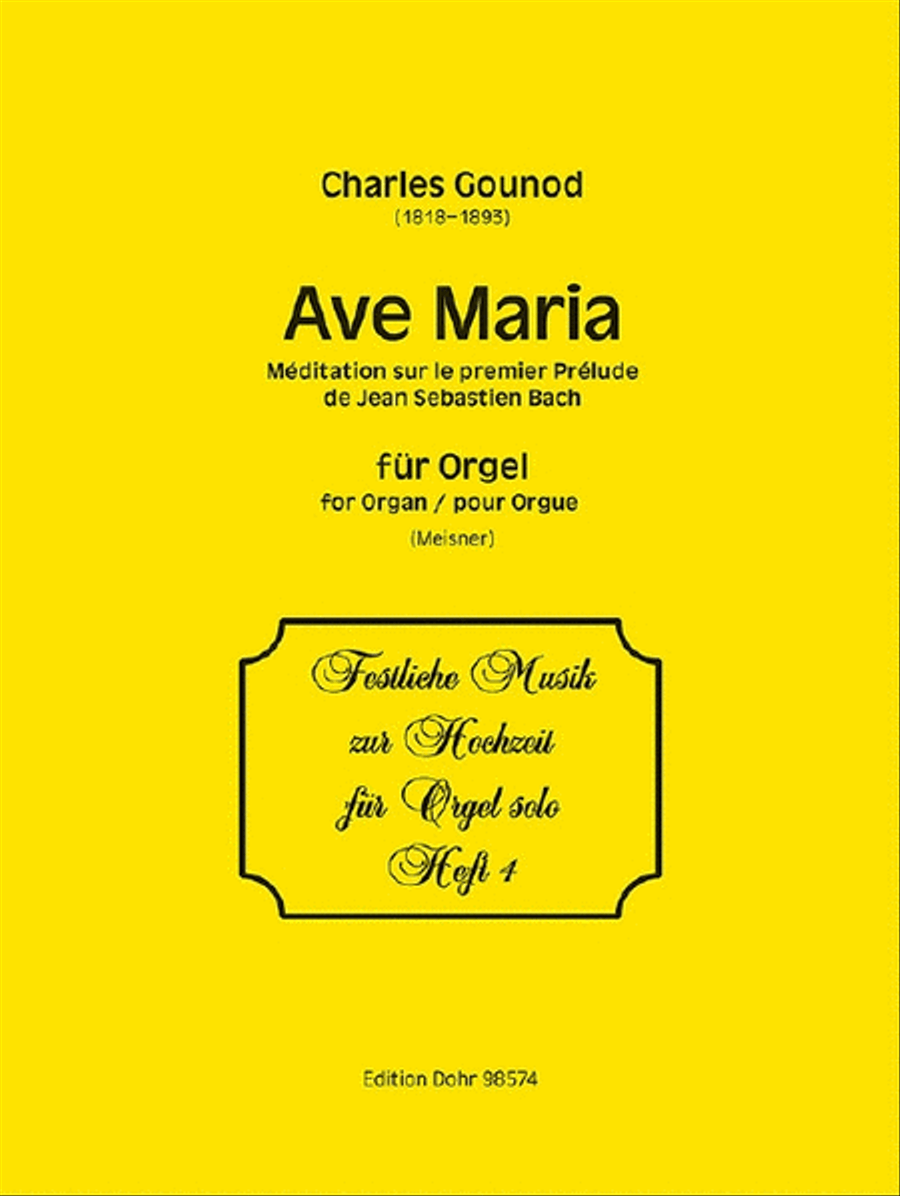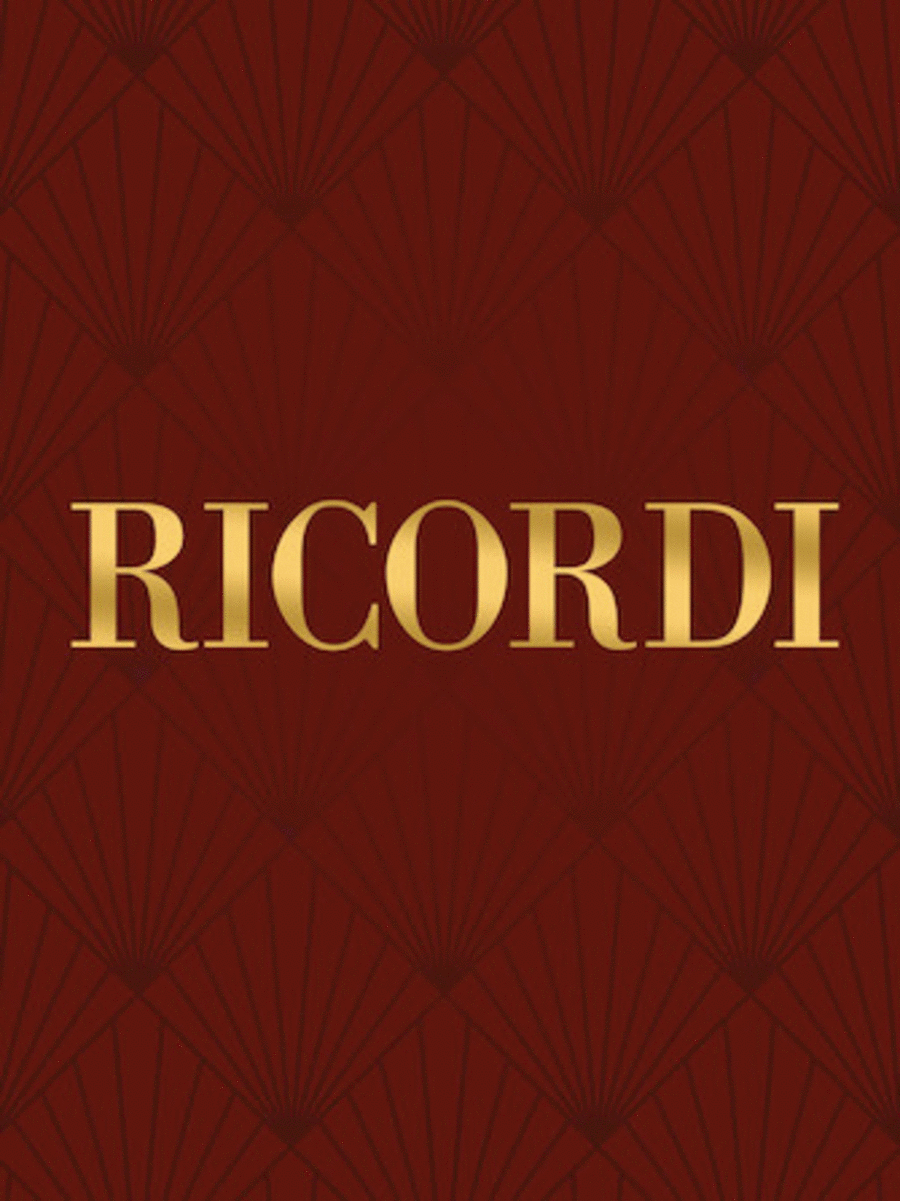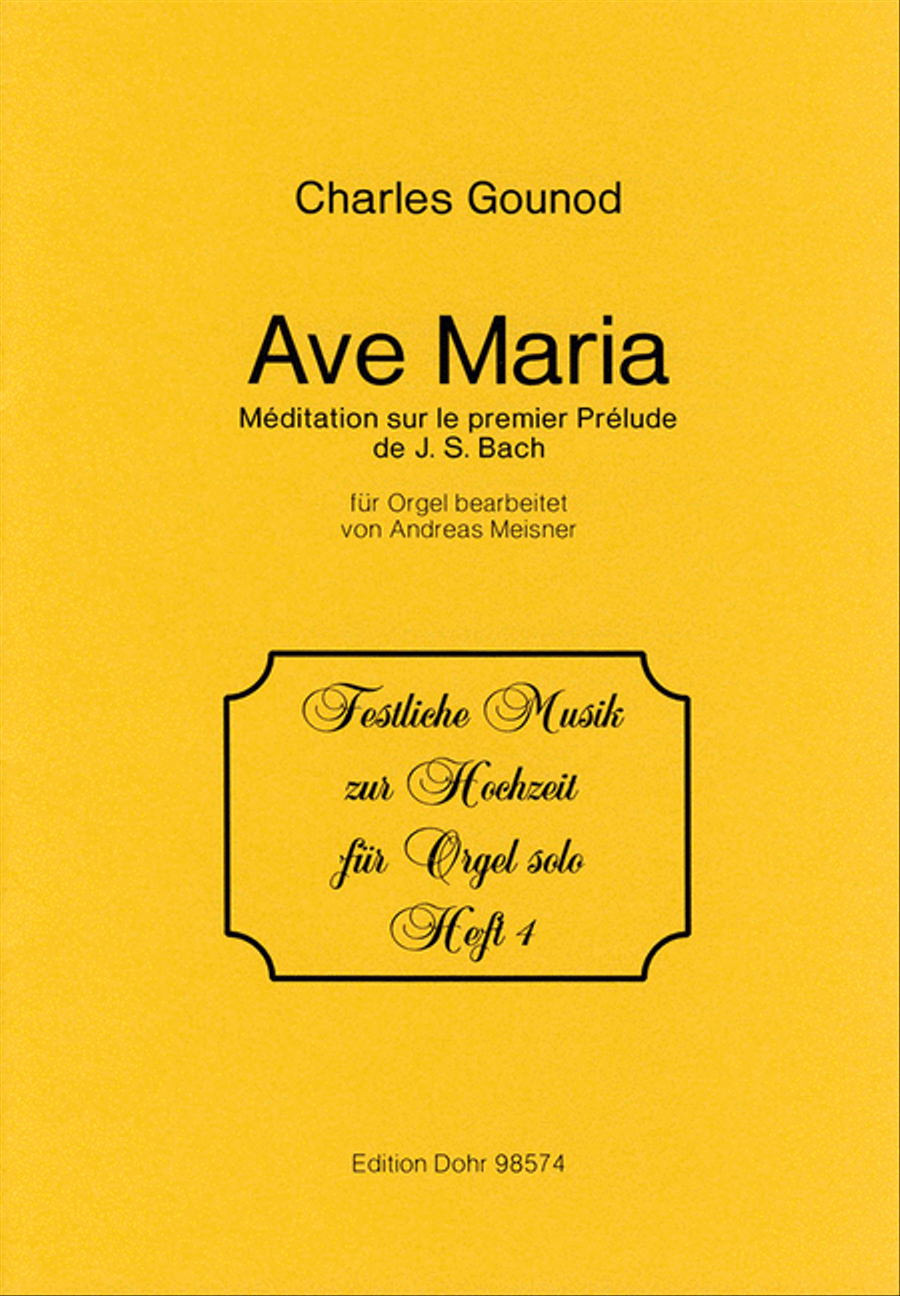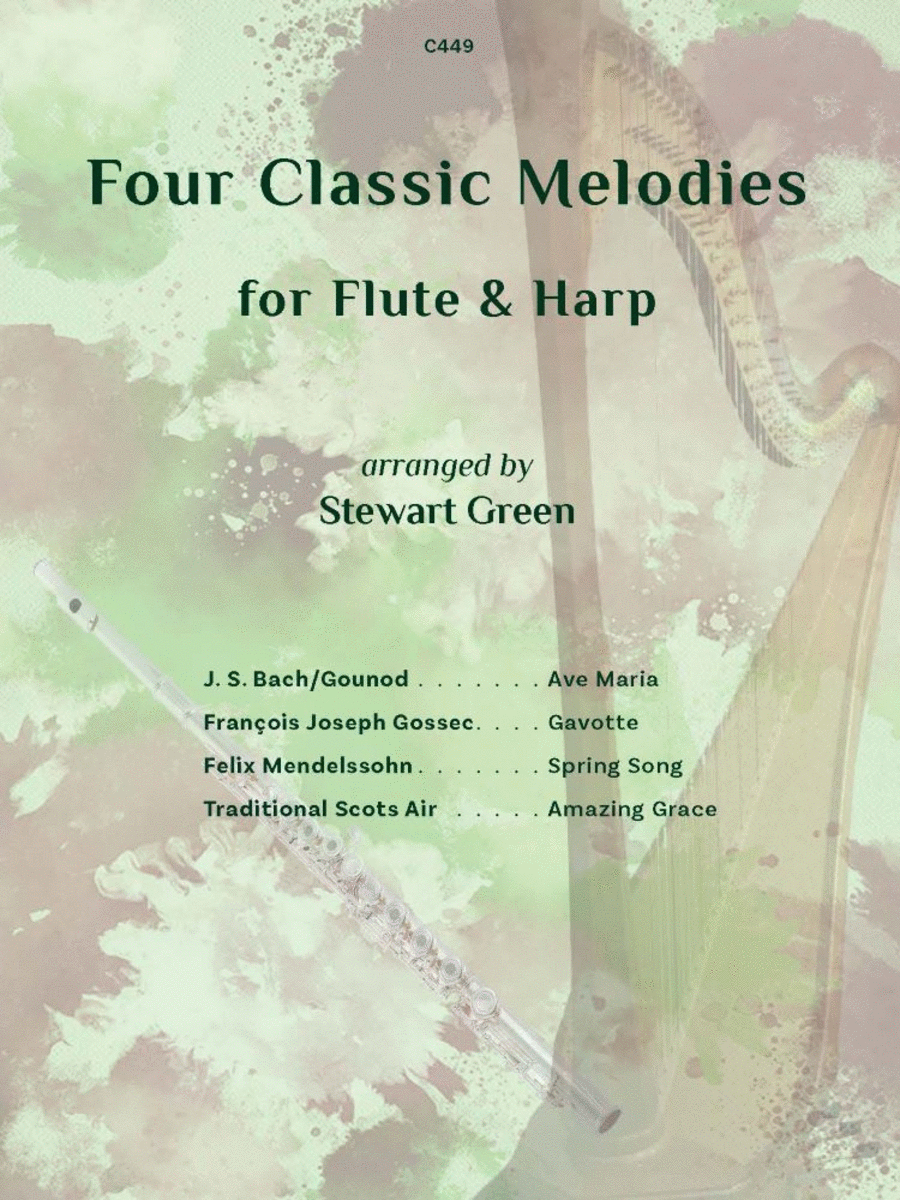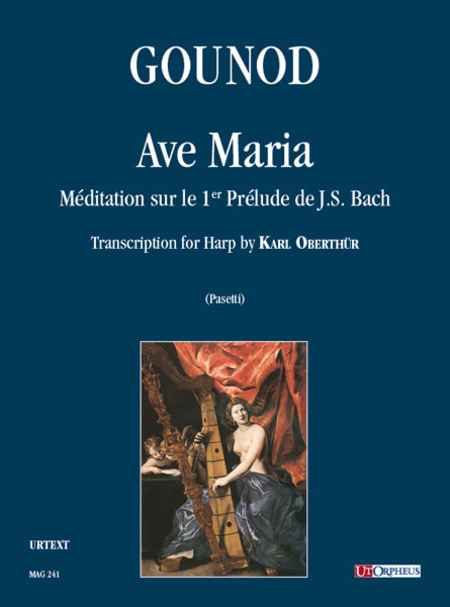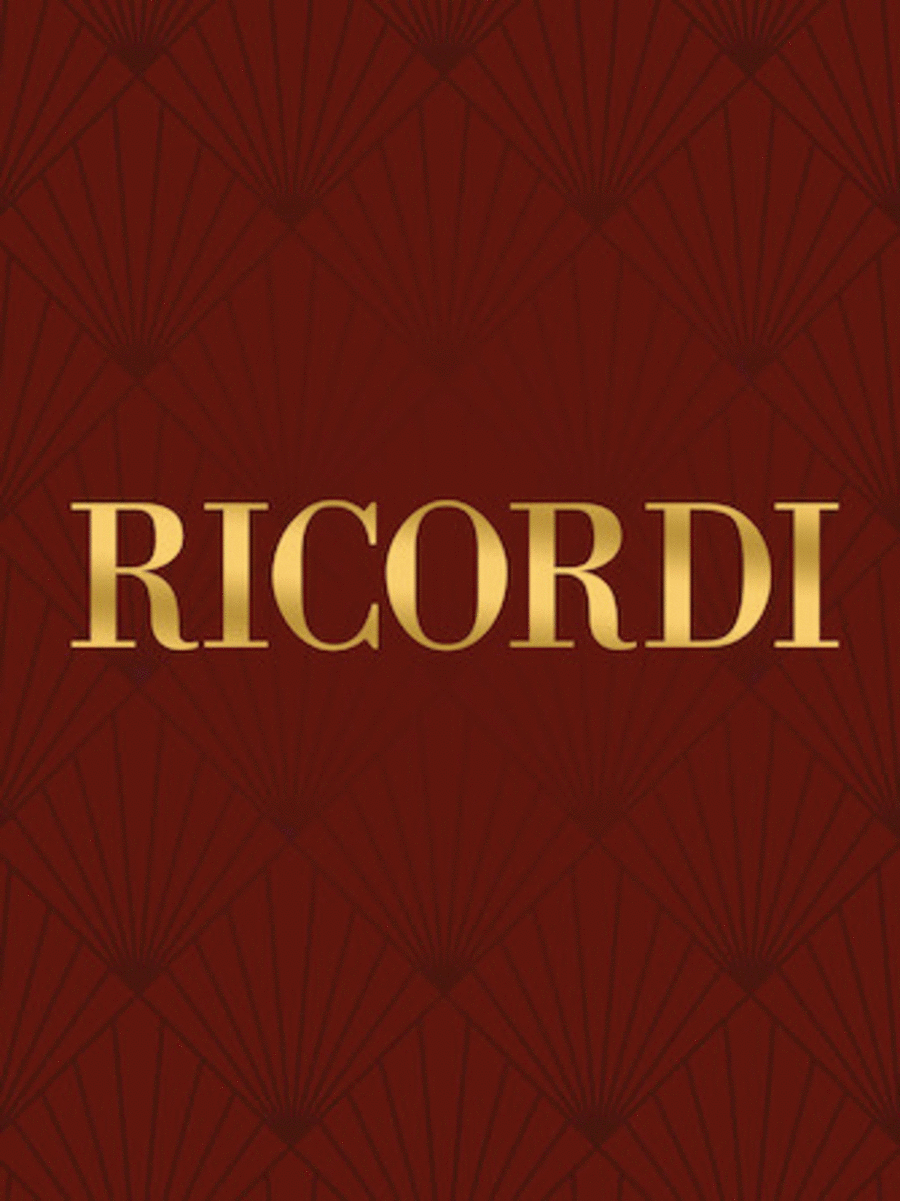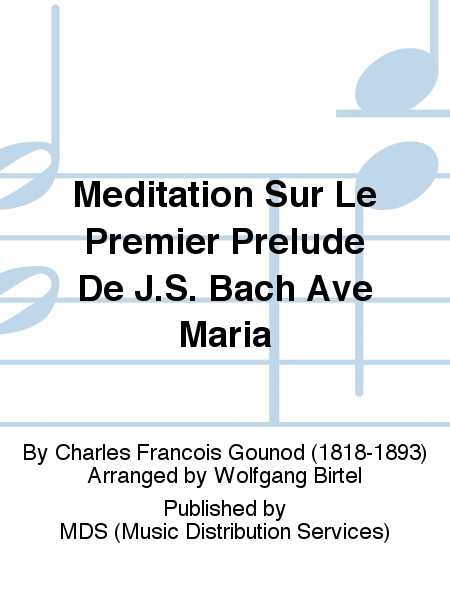Librairie musicale avec livraison
Depuis le 1er juillet 2021, Sheet Music Plus n'expédie plus d'articles physiques en zone Européenne! Page suivante 1 31 61 Ave Maria (Meditation sur le premier prelude de J.S. Bach) Violoncelle, Piano EMB (Editio Musica Budapest)
Cello and Piano. By Charles Francois Gounod. Arranged by Arpad Pejtski, Arpad Pe...(+)
Cello and Piano. By
Charles Francois Gounod.
Arranged by Arpad
Pejtski, Arpad Pejtsik.
EMB. Size 9x12 inches. 4
pages. Published by
Editio Musica Budapest.
$11.95 - Voir plus => Acheter Délais: 24 hours - In Stock
Jubiläumsalbum Piano seul Holzschuh Musikverlag
Piano SKU: M7.VHR-3564 125 Bearbeitungen und Original-Kompositionen f�...(+)
Piano
SKU:
M7.VHR-3564
125
Bearbeitungen und
Original-Kompositionen
für Klavier .
Composed by Anne
Terzibaschitsch. Sheet
music. Performance book.
Holzschuh Musikverlag
#VHR 3564. Published by
Holzschuh Musikverlag
(M7.VHR-3564).
ISBN
9783864340765.
German.
Zum
20-jährigen
Jubiläum der
Zusammenarbeit von Anne
Terzibaschitsch und dem
Holzschuh-Verlag
erscheint vorliegende
Sammlung. Enthalten sind
sowohl Eigenkompositionen
von Anne Terzibaschitsch
als auch Bearbeitungen
der Autorin von Werken
aus Barock über
Klassik und Romantik bis
hin zu Musik des 20.
Jahrhunderts. Populäre
Melodien - Traditionals,
Volkslieder sowie Themen
aus Film, Musical und Pop
- bereichern diese
Edition.
$34.95 - Voir plus => Acheter Délais: 4 to 6 weeks
Gustave Vogt's Musical Album of Autographs Cor anglais, Piano Carl Fischer
Chamber Music English Horn, Oboe SKU: CF.WF229 15 Pieces for Oboe and ...(+)
Chamber Music English
Horn, Oboe
SKU:
CF.WF229
15 Pieces
for Oboe and English
Horn . Composed by
Gustave Vogt. Edited by
Kristin Jean Leitterman.
Collection - Performance.
32+8 pages. Carl Fischer
Music #WF229. Published
by Carl Fischer Music
(CF.WF229).
ISBN
9781491153789. UPC:
680160911288.
Intro
duction Gustave Vogt's
Musical Paris Gustave
Vogt (1781-1870) was born
into the Age of
Enlightenment, at the
apex of the
Enlightenment's outreach.
During his lifetime he
would observe its effect
on the world. Over the
course of his life he
lived through many
changes in musical style.
When he was born,
composers such as Mozart
and Haydn were still
writing masterworks
revered today, and
eighty-nine years later,
as he departed the world,
the new realm of
Romanticism was beginning
to emerge with Mahler,
Richard Strauss and
Debussy, who were soon to
make their respective
marks on the musical
world. Vogt himself left
a huge mark on the
musical world, with
critics referring to him
as the grandfather of the
modern oboe and the
premier oboist of Europe.
Through his eighty-nine
years, Vogt would live
through what was perhaps
the most turbulent period
of French history. He
witnessed the French
Revolution of 1789,
followed by the many
newly established
governments, only to die
just months before the
establishment of the
Third Republic in 1870,
which would be the
longest lasting
government since the
beginning of the
revolution. He also
witnessed the
transformation of the
French musical world from
one in which opera
reigned supreme, to one
in which virtuosi,
chamber music, and
symphonic music ruled.
Additionally, he
experienced the
development of the oboe
right before his eyes.
When he began playing in
the late eighteenth
century, the standard
oboe had two keys (E and
Eb) and at the time of
his death in 1870, the
System Six Triebert oboe
(the instrument adopted
by Conservatoire
professor, Georges
Gillet, in 1882) was only
five years from being
developed. Vogt was born
March 18, 1781 in the
ancient town of
Strasbourg, part of the
Alsace region along the
German border. At the
time of his birth,
Strasbourg had been
annexed by Louis XIV, and
while heavily influenced
by Germanic culture, had
been loosely governed by
the French for a hundred
years. Although it is
unclear when Vogt began
studying the oboe and
when his family made its
move to the French
capital, the Vogts may
have fled Strasbourg in
1792 after much of the
city was destroyed during
the French Revolution. He
was without question
living in Paris by 1798,
as he enrolled on June 8
at the newly established
Conservatoire national de
Musique to study oboe
with the school's first
oboe professor,
Alexandre-Antoine
Sallantin (1775-1830).
Vogt's relationship with
the Conservatoire would
span over half a century,
moving seamlessly from
the role of student to
professor. In 1799, just
a year after enrolling,
he was awarded the
premier prix, becoming
the fourth oboist to
achieve this award. By
1802 he had been
appointed repetiteur,
which involved teaching
the younger students and
filling in for Sallantin
in exchange for a free
education. He maintained
this rank until 1809,
when he was promoted to
professor adjoint and
finally to professor
titulaire in 1816 when
Sallantin retired. This
was a position he held
for thirty-seven years,
retiring in 1853, making
him the longest serving
oboe professor in the
school's history. During
his tenure, he became the
most influential oboist
in France, teaching
eighty-nine students,
plus sixteen he taught
while he was professor
adjoint and professor
titulaire. Many of these
students went on to be
famous in their own
right, such as Henri Brod
(1799-1839), Apollon
Marie-Rose Barret
(1804-1879), Charles
Triebert (1810-1867),
Stanislas Verroust
(1814-1863), and Charles
Colin (1832-1881). His
influence stretches from
French to American oboe
playing in a direct line
from Charles Colin to
Georges Gillet
(1854-1920), and then to
Marcel Tabuteau
(1887-1966), the oboist
Americans lovingly
describe as the father of
American oboe playing.
Opera was an important
part of Vogt's life. His
first performing position
was with the
Theatre-Montansier while
he was still studying at
the Conservatoire.
Shortly after, he moved
to the Ambigu-Comique
and, in 1801 was
appointed as first oboist
with the Theatre-Italien
in Paris. He had been in
this position for only a
year, when he began
playing first oboe at the
Opera-Comique. He
remained there until
1814, when he succeeded
his teacher,
Alexandre-Antoine
Sallantin, as soloist
with the Paris Opera, the
top orchestra in Paris at
the time. He played with
the Paris Opera until
1834, all the while
bringing in his current
and past students to fill
out the section. In this
position, he began to
make a name for himself;
so much so that specific
performances were
immortalized in memoirs
and letters. One comes
from a young Hector
Berlioz (1803-1865) after
having just arrived in
Paris in 1822 and
attended the Paris
Opera's performance of
Mehul's Stratonice and
Persuis' ballet Nina. It
was in response to the
song Quand le bien-amie
reviendra that Berlioz
wrote: I find it
difficult to believe that
that song as sung by her
could ever have made as
true and touching an
effect as the combination
of Vogt's instrument...
Shortly after this,
Berlioz gave up studying
medicine and focused on
music. Vogt frequently
made solo and chamber
appearances throughout
Europe. His busiest
period of solo work was
during the 1820s. In 1825
and 1828 he went to
London to perform as a
soloist with the London
Philharmonic Society.
Vogt also traveled to
Northern France in 1826
for concerts, and then in
1830 traveled to Munich
and Stuttgart, visiting
his hometown of
Strasbourg on the way.
While on tour, Vogt
performed Luigi
Cherubini's (1760-1842)
Ave Maria, with soprano
Anna (Nanette) Schechner
(1806-1860), and a
Concertino, presumably
written by himself. As a
virtuoso performer in
pursuit of repertoire to
play, Vogt found himself
writing much of his own
music. His catalog
includes chamber music,
variation sets, vocal
music, concerted works,
religious music, wind
band arrangements, and
pedagogical material. He
most frequently performed
his variation sets, which
were largely based on
themes from popular
operas he had, presumably
played while he was at
the Opera. He made his
final tour in 1839,
traveling to Tours and
Bordeaux. During this
tour he appeared with the
singer Caroline Naldi,
Countess de Sparre, and
the violinist Joseph
Artot (1815-1845). This
ended his active career
as a soloist. His
performance was described
in the Revue et gazette
musicale de Paris as
having lost none of his
superiority over the
oboe.... It's always the
same grace, the same
sweetness. We made a trip
to Switzerland, just by
closing your eyes and
listening to Vogt's oboe.
Vogt was also active
performing in Paris as a
chamber and orchestral
musician. He was one of
the founding members of
the Societe des Concerts
du Conservatoire, a group
established in 1828 by
violinist and conductor
Francois-Antoine Habeneck
(1781-1849). The group
featured faculty and
students performing
alongside each other and
works such as Beethoven
symphonies, which had
never been heard in
France. He also premiered
the groundbreaking
woodwind quintets of
Antonin Reicha
(1770-1836). After his
retirement from the Opera
in 1834 and from the
Societe des Concerts du
Conservatoire in 1842,
Vogt began to slow down.
His final known
performance was of
Cherubini's Ave Maria on
English horn with tenor
Alexis Dupont (1796-1874)
in 1843. He then began to
reflect on his life and
the people he had known.
When he reached his 60s,
he began gathering
entries for his Musical
Album of Autographs.
Autograph Albums Vogt's
Musical Album of
Autographs is part of a
larger practice of
keeping autograph albums,
also commonly known as
Stammbuch or Album
Amicorum (meaning book of
friendship or friendship
book), which date back to
the time of the
Reformation and the
University of Wittenberg.
It was during the
mid-sixteenth century
that students at the
University of Wittenberg
began passing around
bibles for their fellow
students and professors
to sign, leaving messages
to remember them by as
they moved on to the next
part of their lives. The
things people wrote were
mottos, quotes, and even
drawings of their family
coat of arms or some
other scene that meant
something to the owner.
These albums became the
way these young students
remembered their school
family once they had
moved on to another
school or town. It was
also common for the
entrants to comment on
other entries and for the
owner to amend entries
when they learned of
important life details
such as marriage or
death. As the practice
continued, bibles were
set aside for emblem
books, which was a
popular book genre that
featured allegorical
illustrations (emblems)
in a tripartite form:
image, motto, epigram.
The first emblem book
used for autographs was
published in 1531 by
Andrea Alciato
(1492-1550), a collection
of 212 Latin emblem
poems. In 1558, the first
book conceived for the
purpose of the album
amicorum was published by
Lyon de Tournes
(1504-1564) called the
Thesaurus Amicorum. These
books continued to
evolve, and spread to
wider circles away from
universities. Albums
could be found being kept
by noblemen, physicians,
lawyers, teachers,
painters, musicians, and
artisans. The albums
eventually became more
specialized, leading to
Musical Autograph Albums
(or Notestammbucher).
Before this
specialization, musicians
contributed in one form
or another, but our
knowledge of them in
these albums is mostly
limited to individual
people or events. Some
would simply sign their
name while others would
insert a fragment of
music, usually a canon
(titled fuga) with text
in Latin. Canons were
popular because they
displayed the
craftsmanship of the
composer in a limited
space. Composers
well-known today,
including J. S. Bach,
Telemann, Mozart,
Beethoven, Dowland, and
Brahms, all participated
in the practice, with
Beethoven being the first
to indicate an interest
in creating an album only
of music. This interest
came around 1815. In an
1845 letter from Johann
Friedrich Naue to
Heinrich Carl
Breidenstein, Naue
recalled an 1813 visit
with Beethoven, who
presented a book
suggesting Naue to
collect entries from
celebrated musicians as
he traveled. Shortly
after we find Louis Spohr
speaking about leaving on
his grand tour through
Europe in 1815 and of his
desire to carry an album
with entries from the
many artists he would
come across. He wrote in
his autobiography that
his most valuable
contribution came from
Beethoven in 1815.
Spohr's Notenstammbuch,
comprised only of musical
entries, is
groundbreaking because it
was coupled with a
concert tour, allowing
him to reach beyond the
Germanic world, where the
creation of these books
had been nearly
exclusive. Spohr brought
the practice of
Notenstammbucher to
France, and in turn
indirectly inspired Vogt
to create a book of his
own some fifteen years
later. Vogt's Musical
Album of Autographs
Vogt's Musical Album of
Autographs acts as a form
of a memoir, displaying
mementos of musicians who
held special meaning in
his life as well as
showing those with whom
he was enamored from the
younger generation. The
anonymous Pie Jesu
submitted to Vogt in 1831
marks the beginning of an
album that would span
nearly three decades by
the time the final entry,
an excerpt from Charles
Gounod's (1818-1893)
Faust, which premiered in
1859, was submitted.
Within this album we find
sixty-two entries from
musicians whom he must
have known very well
because they were
colleagues at the
Conservatoire, or
composers of opera whose
works he was performing
with the Paris Opera.
Other entries came from
performers with whom he
had performed and some
who were simply passing
through Paris, such as
Joseph Joachim
(1831-1907). Of the
sixty-three total
entries, some are
original, unpublished
works, while others came
from well-known existing
works. Nineteen of these
works are for solo piano,
sixteen utilize the oboe
or English horn, thirteen
feature the voice (in
many different
combinations, including
vocal solos with piano,
and small choral settings
up to one with double
choir), two feature
violin as a solo
instrument, and one even
features the now obscure
ophicleide. The
connections among the
sixty-two contributors to
Vogt's album are
virtually never-ending.
All were acquainted with
Vogt in some capacity,
from long-time
friendships to
relationships that were
created when Vogt
requested their entry.
Thus, while Vogt is the
person who is central to
each of these musicians,
the web can be greatly
expanded. In general, the
connections are centered
around the Conservatoire,
teacher lineages, the
Opera, and performing
circles. The
relationships between all
the contributors in the
album parallel the
current musical world, as
many of these kinds of
relationships still
exist, and permit us to
fantasize who might be
found in an album created
today by a musician of
the same standing. Also
important, is what sort
of entries the
contributors chose to
pen. The sixty-three
entries are varied, but
can be divided into
published and unpublished
works. Within the
published works, we find
opera excerpts, symphony
excerpts, mass excerpts,
and canons, while the
unpublished works include
music for solo piano,
oboe or English horn,
string instruments
(violin and cello), and
voice (voice with piano
and choral). The music
for oboe and English horn
works largely belong in
the unpublished works of
the album. These entries
were most likely written
to honor Vogt. Seven are
for oboe and piano and
were contributed by
Joseph Joachim, Pauline
Garcia Viardot
(1821-1910), Joseph
Artot, Anton Bohrer
(1783-1852), Georges
Onslow (1784-1853),
Desire Beaulieu
(1791-1863), and Narcisse
Girard (1797-1860). The
common thread between
these entries is the
simplicity of the melody
and structure. Many are
repetitive, especially
Beaulieu's entry, which
features a two-note
ostinato throughout the
work, which he even
included in his
signature. Two composers
contributed pieces for
English horn and piano,
and like the previous
oboe entries, are simple
and repetitive. These
were written by Michele
Carafa (1787-1872) and
Louis Clapisson
(1808-1866). There are
two other entries that
were unpublished works
and are chamber music.
One is an oboe trio by
Jacques Halevy
(1799-1862) and the other
is for oboe and strings
(string trio) by J. B.
Cramer (1771-1858). There
are five published works
in the album for oboe and
English horn. There are
three from operas and the
other two from symphonic
works. Ambroise Thomas
(1811-1896) contributed
an excerpt from the
Entr'acte of his opera La
Guerillero, and was
likely chosen because the
oboe was featured at this
moment. Hippolyte Chelard
(1789-1861) also chose to
honor Vogt by writing for
English horn. His entry,
for English horn and
piano, is taken from his
biggest success, Macbeth.
The English horn part was
actually taken from Lady
Macbeth's solo in the
sleepwalking scene.
Vogt's own entry also
falls into this category,
as he entered an excerpt
from Donizetti's Maria di
Rohan. The excerpt he
chose is a duet between
soprano and English horn.
There are two entries
featuring oboe that are
excerpted from symphonic
repertoire. One is a
familiar oboe melody from
Beethoven's Pastoral
Symphony entered by his
first biographer, Anton
Schindler (1796-1864).
The other is an excerpt
from Berlioz's choral
symphony, Romeo et
Juliette. He entered an
oboe solo from the Grand
Fete section of the
piece. Pedagogical
benefit All of these
works are lovely, and fit
within the album
wonderfully, but these
works also are great oboe
and English horn music
for young students. The
common thread between
these entries is the
simplicity of the melody
and structure. Many are
repetitive, especially
Beaulieu's entry, which
features a two-note
ostinato throughout the
work in the piano. This
repetitive structure is
beneficial for young
students for searching
for a short solo to
present at a studio
recital, or simply to
learn. They also work
many technical issues a
young player may
encounter, such as
mastering the rolling
finger to uncover and
recover the half hole.
This is true of Bealieu's
Pensee as well as
Onslow's Andantino.
Berlioz's entry from
Romeo et Juliette
features very long
phrases, which helps with
endurance and helps keep
the air spinning through
the oboe. Some of the
pieces also use various
levels of ornamentation,
from trills to grace
notes, and short
cadenzas. This allows the
student to learn
appropriate ways to
phrase with these added
notes. The chamber music
is a valuable way to
start younger students
with chamber music,
especially the short
quartet by Cramer for
oboe and string trio. All
of these pieces will not
tax the student to learn
a work that is more
advanced, as well as give
them a full piece that
they can work on from
beginning to end in a
couple weeks, instead of
months. Editorial Policy
The works found in this
edition are based on the
manuscript housed at the
Morgan Library in New
York City (call number
Cary 348, V886. A3). When
possible, published
scores were consulted and
compared to clarify pitch
and text. The general
difficulties in creating
an edition of these works
stem from entries that
appear to be hastily
written, and thus omit
complete articulations
and dynamic indications
for all passages and
parts. The manuscript has
been modernized into a
performance edition. The
score order from the
manuscript has been
retained. If an entry
also exists in a
published work, and this
was not indicated on the
manuscript, appropriate
titles and subtitles have
been added tacitly. For
entries that were
untitled, the beginning
tempo marking or
expressive directive has
been added as its title
tacitly. Part names have
been changed from the
original language to
English. If no part name
was present, it was added
tacitly. All scores are
transposing where
applicable. Measure
numbers have been added
at the beginning of every
system. Written
directives have been
retained in the original
language and are placed
relative to where they
appear in the manuscript.
Tempo markings from the
manuscript have been
retained, even if they
were abbreviated, i.e.,
Andte. The barlines,
braces, brackets, and
clefs are modernized. The
beaming and stem
direction has been
modernized. Key
signatures have been
modernized as some of the
flats/sharps do not
appear on the correct
lines or spaces. Time
signatures have been
modernized. In a few
cases, when a time
signature was missing in
the manuscript, it has
been added tacitly.
Triplet and rhythmic
groupings have been
modernized. Slurs, ties,
and articulations
(staccato and accent)
have been modernized.
Slurs, ties, and
articulations have been
added to parallel
passages tacitly.
Courtesy accidentals
found in the manuscript
have been removed, unless
it appeared to be helpful
to the performer. Dynamic
indications from the
manuscript have been
retained, except where
noted. --Kristin
Leitterman.
$16.99 - Voir plus => Acheter Délais: 1 to 2 weeks
Festliche Klaviermusik Piano seul - Facile Artist Ahead Musikverlag
Piano - easy to intermediate SKU: M7.ART-42201 20 leicht bis mittelsch...(+)
Piano - easy to
intermediate
SKU:
M7.ART-42201
20
leicht bis mittelschwer
spielbare
Klavierstücke für
feierliche
Anlässe! . Composed
by Elmar Mihm. Score with
online audio files. 40
pages. Artist Ahead
Musikverlag #ART 42201.
Published by Artist Ahead
Musikverlag
(M7.ART-42201).
ISBN
9783866422018.
Das
Album 'Festliche
Klaviermusik' enthält
leicht bis mittelschwer
spielbare Bearbeitungen
der schönsten und
berühmtesten Klassiker
unter den Festmusiken.
Für alle feierlichen
Anlässe wie
Hochzeiten,
Festgottesdienste,
Geburtstage, Ehrungen,
Jubiläen, Konzerte und
Feiertage sind
weltbekannte
stimmungsvolle Werke der
klassischen Musik sowie
moderne Stücke und
Eigenkompositionen zu
finden. Neben den
bekannten
Hochzeitsmärschen von
Wagner und Mendelssohn,
Bachs 'Ave Maria',
Pachelbels 'Canon' und
anderen erlesenen
romantischen Melodien,
gehören auch Walzer,
Bossa Nova, Tango und
Balladen für den
geselligen Tanzabend oder
das festliche Dinner zum
Repertoire. Auch die
obligatorischen
Festhymnen 'Hoch soll er
leben' und 'Happy
Birthday' dürfen
natürlich nicht
fehlen. Alle Werke sind
mit Fingersätzen sowie
Spielanweisungen versehen
und somit leicht und
schnell erlernbar. Einen
feierlichen Auftritt und
viel Applaus wünscht -
Elmar Mihm.
$20.95 - Voir plus => Acheter Délais: 4 to 6 weeks
Ave Maria for Flute and Piano (all C) Flûte traversière et Piano Santorella Publications
By Johann Sebastian Bach, Charles Francois Gounod. Arranged by Jonathon Robbins....(+)
By Johann Sebastian Bach,
Charles Francois Gounod.
Arranged by Jonathon
Robbins. For Flute.
Published by Santorella
Publications.
(1) $8.95 - Voir plus => Acheter Délais: 1 to 2 weeks
Ave Maria Chorale SATB - Intermédiaire Alfred Publishing
Composed by Johann Sebastian Bach and Charles Gounod. Arranged by Russell L. Rob...(+)
Composed by Johann
Sebastian Bach and
Charles Gounod. Arranged
by Russell L. Robinson.
Choir Sacred. SATB choir.
Choral Octavo;
Masterworks. Choral
Designs. Baroque;
Masterwork Arrangement;
Sacred. 12 pages.
Published by Alfred Music
$1.90 - Voir plus => Acheter Délais: 1 to 2 weeks
Ave Maria Chorale 2 parties 2 parties, Piano Alfred Publishing
Composed by Johann Sebastian Bach and Charles Gounod. Arranged by Russell L. Rob...(+)
Composed by Johann
Sebastian Bach and
Charles Gounod. Arranged
by Russell L. Robinson.
Choral Octavo;
Masterworks. Alfred
Choral Designs. Baroque;
Masterwork Arrangement;
Sacred. 12 pages.
Published by Alfred Music
(AP.43619).
$1.90 - Voir plus => Acheter Délais: 1 to 2 weeks
Let's Study Music History Through the Famous Pieces Arranged for Piano 1. Vivaldi, Handel, J. S. Bach Piano seul - Facile Yamaha
Piano - Easy SKU: YM.GTP01097006 Piano Educational. Piano Literature. She...(+)
Piano - Easy
SKU:
YM.GTP01097006
Piano
Educational. Piano
Literature. Sheet music.
Yamaha Music Media
#GTP01097006. Published
by Yamaha Music Media
(YM.GTP01097006).
ISBN
9784636970067.
15
famous melorides by
Baroque Composers
arranged for children.
The purpuse of this book
is NOT to study piano
technique, but to touch
the sound of each era
through the historical
masterpieces.
$10.95 - Voir plus => Acheter Délais: 3 to 4 weeks
Masterpieces Made Easy for Piano Solo Piano seul [Partition] - Facile Carl Fischer
Made Easy for Piano Solo. By Amilcare Ponchielli, Charles Francois Gounod, Camil...(+)
Made Easy for Piano Solo.
By Amilcare Ponchielli,
Charles Francois Gounod,
Camille Saint-Saens.
Arranged by John
Brimhall. Solo piano. For
Piano Solo. Great Music
Made Easy: Masterpieces.
Soft Cover. 256 pages.
Published by Carl
Fischer.
$23.99 - Voir plus => Acheter Délais: 1 to 2 weeks
Sacred Solos for the Flute Volume 2 Flûte traversière [Partition + Accès audio] - Intermédiaire Mel Bay
Composed by Mizzy McCaskill and Dona Gilliam. Saddle- stitched. Book and online...(+)
Composed by Mizzy
McCaskill
and Dona Gilliam. Saddle-
stitched. Book and online
audio. 64 pages.
Published
by Mel Bay Publications,
Inc
$19.99 - Voir plus => Acheter Délais: 1 to 2 weeks
I Believe in Jesus Christ Chorale SATB SATB [Octavo] Jackman Music Corporation
By J.S. Bach / Charles Gounod. Arranged by Dan Carter. Text: Dan Carter. For SAT...(+)
By J.S. Bach / Charles
Gounod. Arranged by Dan
Carter. Text: Dan Carter.
For SATB Choir. Duration
3:00. Published by
Jackman Music
Corporation.
$1.40 $1.33 (- 5%) Voir plus => AcheterDélais: 1 to 2 weeks
Charles Francois Gounod: Ave Maria Piano seul [Feuillet] Schott
Meditation of J.S. Bach's First Prelude in C Major. By Charles Francois Gounod. ...(+)
Meditation of J.S. Bach's
First Prelude in C Major.
By Charles Francois
Gounod. Schott. Size 9x12
inches. 6 pages.
Published by Schott.
$6.99 - Voir plus => Acheter Délais: 24 hours - In Stock
Ave Maria for Trumpet and Piano (all Bb) Trompette, Piano Santorella Publications
By Johann Sebastian Bach, Charles Francois Gounod. Arranged by Jonathon Robbins....(+)
By Johann Sebastian Bach,
Charles Francois Gounod.
Arranged by Jonathon
Robbins. For Trumpet.
Published by Santorella
Publications.
$6.95 - Voir plus => Acheter Délais: 1 to 2 weeks
Méditation sur le premier Prélude de J.S. Bach G-Dur "Ave Maria" (für Streichquartett) Quatuor à cordes: 2 violons, alto, violoncelle Verlag Dohr
String quartet, Contrabass (ad libitum) SKU: VD.ED24143 Composed by Charl...(+)
String quartet,
Contrabass (ad libitum)
SKU: VD.ED24143
Composed by Charles
Francois Gounod. Arranged
by Wolfgang Birtel. Der
Musikalische Salon Vol.
30. Classical. Score,
parts. 7 S. Part. + 5 S.
Stimmen pages. Verlag
Dohr #ED24143. Published
by Verlag Dohr
(VD.ED24143).
ISBN
9790202011430. 11.69 x
8.26 inches.
$14.95 - Voir plus => Acheter Délais: 4 to 6 weeks
Violin Duo for Beginners Vol.2/English Version 2 Violons (duo) - Facile Yamaha
Violin duet - Easy SKU: YM.GPW01096341 Strings. Combination. Sheet music....(+)
Violin duet - Easy
SKU:
YM.GPW01096341
Strings. Combination.
Sheet music. Yamaha Music
Media #GPW01096341.
Published by Yamaha Music
Media (YM.GPW01096341).
ISBN
9784636963410.
24
arrangements for two
violins.
$8.95 - Voir plus => Acheter Délais: 3 to 4 weeks
Ave Maria. Méditation sur le premier Prélude de J.S. Bach 4 Orgue Music Distribution Services
Organ SKU: M7.DOHR-98574 Composed by Charles Francois Gounod. Arranged by...(+)
Organ
SKU:
M7.DOHR-98574
Composed by Charles
Francois Gounod. Arranged
by Andreas Meisner. Sheet
music. Performance score.
5 pages. MDS (Music
Distribution Services)
#DOHR 98574. Published by
MDS (Music Distribution
Services)
(M7.DOHR-98574).
ISBN
9790202005743.
$9.95 - Voir plus => Acheter Délais: 4 to 6 weeks
Ave Maria [Conducteur] Subito Music
Piano (Large Print Music) SKU: SU.95001002 For Piano (Large Print Musi...(+)
Piano (Large Print Music)
SKU: SU.95001002
For Piano (Large Print
Music) . Composed by
J.S. Bach/Gounod.
Keyboard,
Piano/Harpsichord. Score.
Subito Music Corporation
#95001002. Published by
Subito Music Corporation
(SU.95001002).
Adapted and
arranged by Lawrence
Rosen, formatted 2½
larger than traditional
printed music.
$6.95 - Voir plus => Acheter Délais: 2 to 3 weeks
Ave Maria Meditazione Sul I Preludio Di J S Bach Piano, Voix [Conducteur] Ricordi
Vocal and Piano SKU: HL.50493683 Composed by Charles Francois Gounod. MGB...(+)
Vocal and Piano
SKU:
HL.50493683
Composed
by Charles Francois
Gounod. MGB. Classical.
Score Only. Composed
1984. Ricordi #NR126834.
Published by Ricordi
(HL.50493683).
Italian.
PER
VOCE E PIANOFORTE
(SOPRANO - TENORE).
$7.95 - Voir plus => Acheter Délais: 2 to 3 weeks
Ave Maria. Meditation sur le premier Prelude de J.S. Bach Orgue Verlag Dohr
By Charles Francois Gounod (1818-1893). For Organ. 5 pages. Hochzeitsmusik fur O...(+)
By Charles Francois
Gounod (1818-1893). For
Organ. 5 pages.
Hochzeitsmusik fur Orgel
Vol. 4. Score
$9.95 - Voir plus => Acheter Délais: 4 to 6 weeks
Four Classic Melodies Harpe, Flûte (duo) - Intermédiaire/avancé Clifton Edition
Flute and Harp - Grade 6-8 SKU: ST.C449 Composed by Various. Arranged by ...(+)
Flute and Harp - Grade
6-8
SKU: ST.C449
Composed by Various.
Arranged by Stewart
Green. Wind and brass
music. Clifton Edition
#C449. Published by
Clifton Edition
(ST.C449).
ISBN
9790570814497.
J.S.
Bach/Gounod: Ave
Maria
$14.95 - Voir plus => Acheter Délais: 4 to 6 weeks
Ave Maria. Méditation sur le 1er Prélude de J.S. Bach. Transcription for Harp by Karl Oberthür Harpe Ut Orpheus
Harp SKU: UT.MAG-241 Composed by Charles Francois Gounod. Edited by Anna ...(+)
Harp
SKU:
UT.MAG-241
Composed
by Charles Francois
Gounod. Edited by Anna
Pasetti. Saddle
stitching. Magadis.
Transcription for Harp by
Karl Oberthur. Classical.
12 pages. Ut Orpheus #MAG
241. Published by Ut
Orpheus (UT.MAG-241).
ISBN 9790215320468. 9
x 12 inches.
$16.95 - Voir plus => Acheter Délais: 3 to 4 weeks
Ave Maria Meditazione Sul I Preludio Di J S Bach Piano, Voix [Conducteur] Ricordi
Vocal and Piano SKU: HL.50493684 Composed by Charles Francois Gounod. MGB...(+)
Vocal and Piano
SKU:
HL.50493684
Composed
by Charles Francois
Gounod. MGB. Classical.
Score Only. Composed
1984. Ricordi #NR126835.
Published by Ricordi
(HL.50493684).
Italian.
PER
VOCE E PIANOFORTE
(MEZZOSOPRANO/BARITONO).<
/p>
$7.95 - Voir plus => Acheter Délais: 2 to 3 weeks
Méditation sur le premier Prélude de J.S. Bach "Ave Maria" 30 Quatuor à cordes: 2 violons, alto, violoncelle [Conducteur et Parties séparées] Music Distribution Services
String Quartet (and Double Bass) SKU: M7.DOHR-24143 Composed by Charles F...(+)
String Quartet (and
Double Bass)
SKU:
M7.DOHR-24143
Composed by Charles
Francois Gounod. Arranged
by Wolfgang Birtel. Sheet
music. Score and parts.
12 pages. MDS (Music
Distribution Services)
#DOHR 24143. Published by
MDS (Music Distribution
Services)
(M7.DOHR-24143).
ISBN
9790202011430.
$14.95 - Voir plus => Acheter Délais: 4 to 6 weeks
Page suivante 1 31 61
